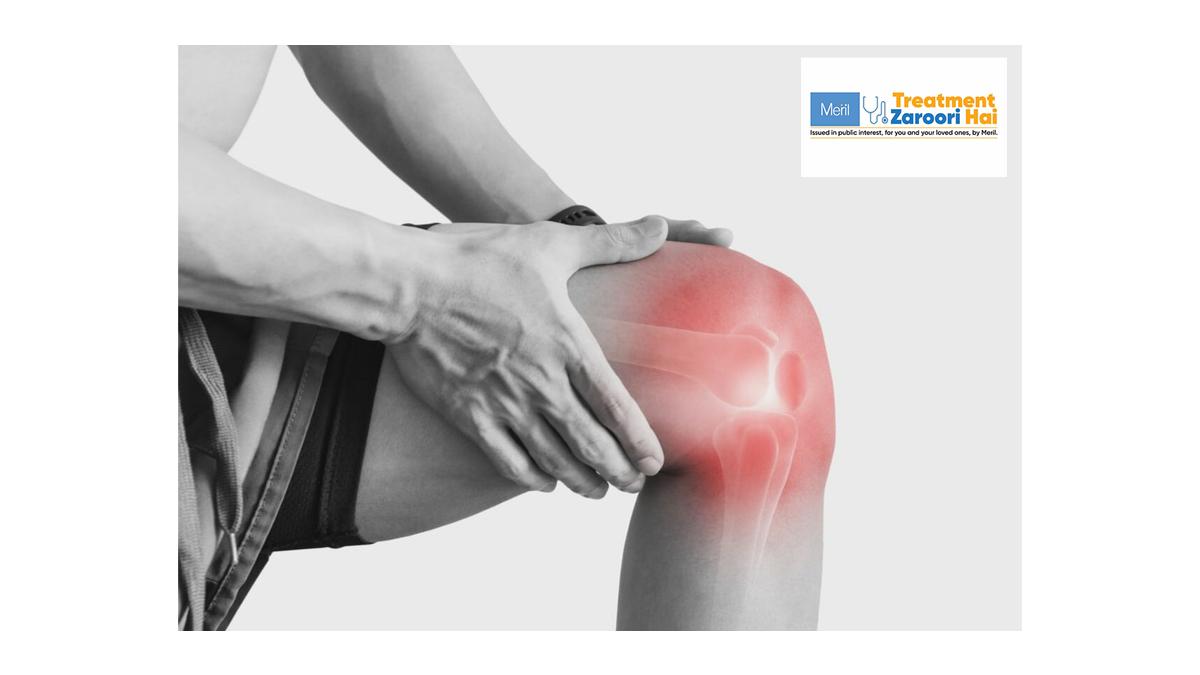
A New Dawn for Arthritis: New Treatment Options to Reclaim Your Mobility
The Hindu
A New Dawn for Arthritis: New Treatment Options to Reclaim Your Mobility
Osteoarthritis (OA) is the most common type of arthritis. It leads to joint pain and disability, particularly in older adults. OA occurs when cartilage—the cushion for the joints—deteriorates. This deterioration causes bones to rub together, resulting in pain, stiffness, and swelling. OA typically affects weight-bearing joints like the knees, hips, and spine but can also impact smaller joints, such as those in the hands. Aging is the primary risk factor, but obesity, past injuries, and repetitive stress from activities also contribute. As OA progresses, it can lead to reduced mobility and bone spurs, further limiting movement.
Arthritis includes over 100 joint disorders, with osteoarthritis being the most common. It occurs when cartilage wears down, causing pain, stiffness, and swelling in joints, especially in weight-bearing areas like the knees and hips. Knee and hip arthritis can severely limit mobility, making daily activities painful. Fortunately, advancements in treatments, such as total knee and hip replacement surgeries, offer renewed hope. These procedures aim to relieve pain and restore joint function, helping individuals reclaim their mobility and improve their quality of life. With modern solutions, a more active lifestyle is achievable.
If you’re dealing with arthritis, you’re likely familiar with its symptoms. Key signs include:
Managing osteoarthritis requires a tailored approach. Treatment depends on the severity of your symptoms. The goal is to control pain, improve joint function, and enhance mobility.
When lifestyle changes and medications aren’t enough, surgery may be necessary to restore mobility. One well-known treatment for severe osteoarthritis is joint replacement surgery, particularly for the knees and hips. During total knee or hip replacement, the damaged joint is replaced with an artificial one, improving movement and reducing pain.
Robotic-assisted joint replacement can be a reassuring option. This technology transforms surgical precision, allowing surgeons to achieve alignment previously unattainable. This results in less damage to surrounding tissue and quicker recovery times. Robotic-assisted surgeries are minimally invasive, meaning smaller incisions and faster recovery. Patients often experience less post-surgery pain.
For those needing knee replacement surgery, consider the Gold Knee. Coated with Titanium Nitride, the Gold Knee is designed to be durable, wear-resistant, and biocompatible, making it safe for patients with metal allergies. With robotic technology guiding the procedure, the Gold Knee can be placed with exceptional precision. This results in a longer-lasting and more comfortable knee replacement.











